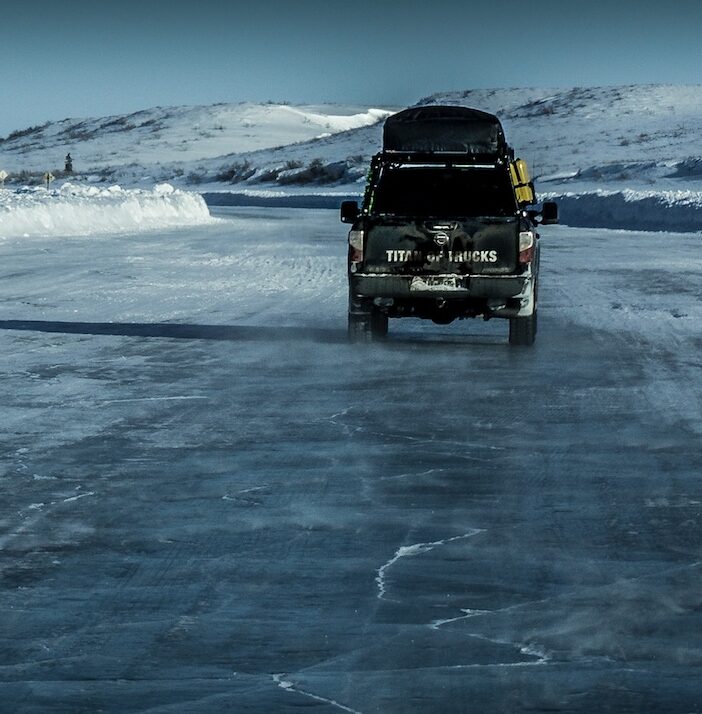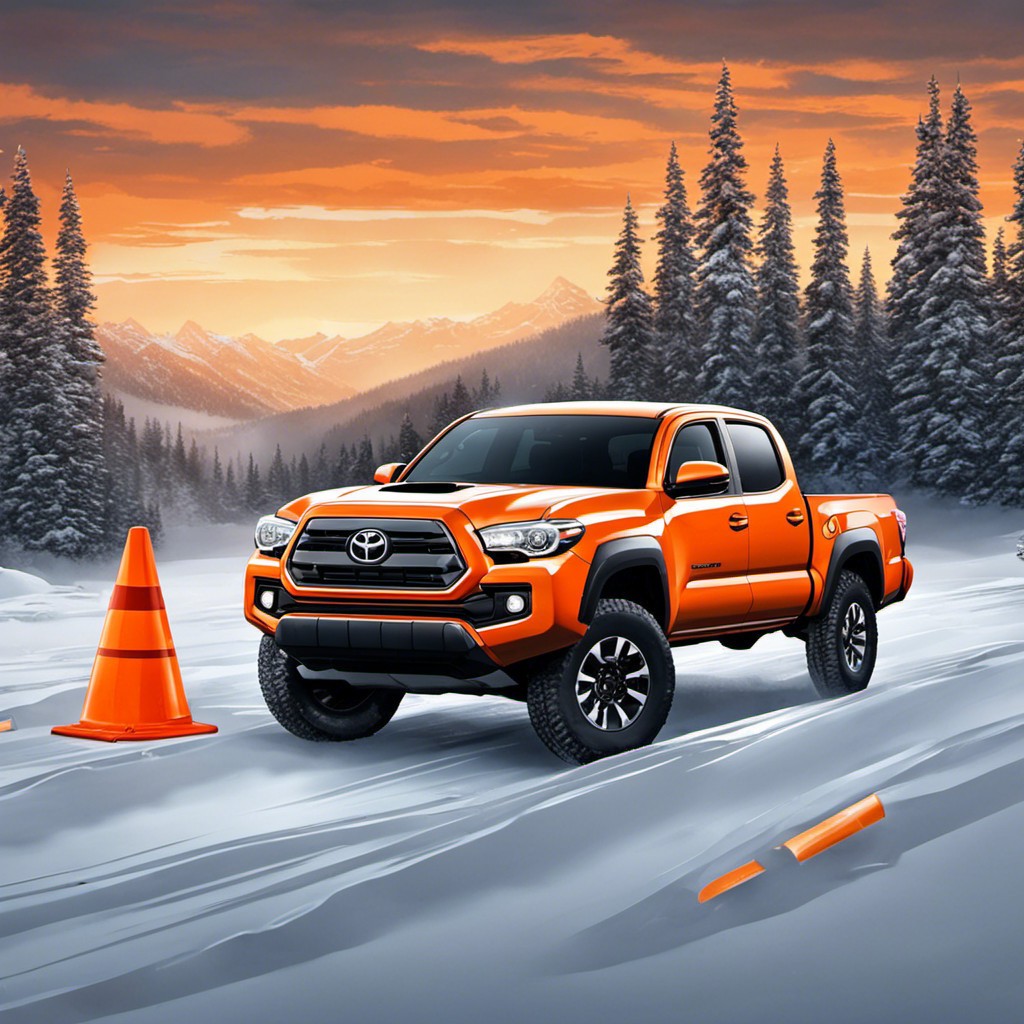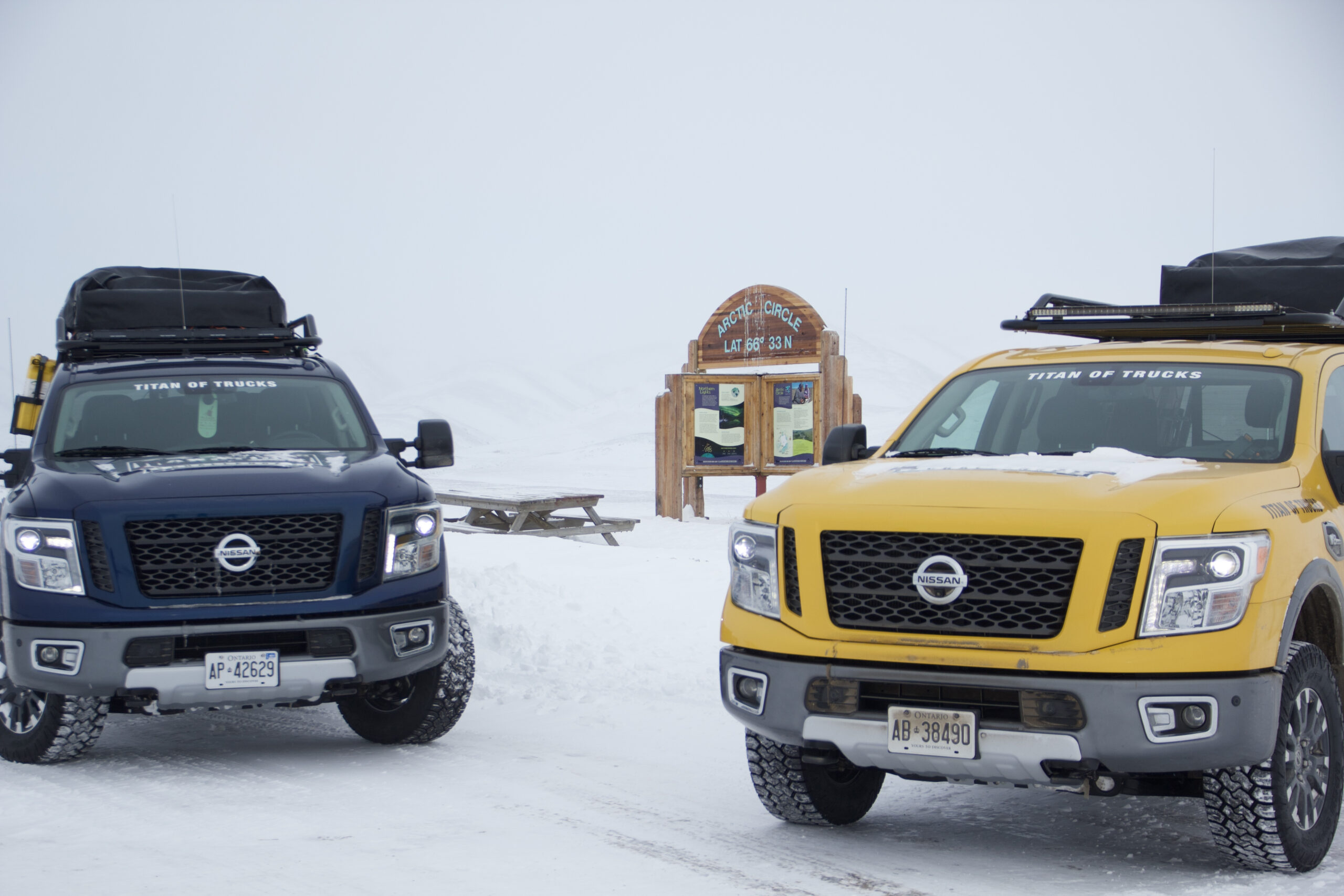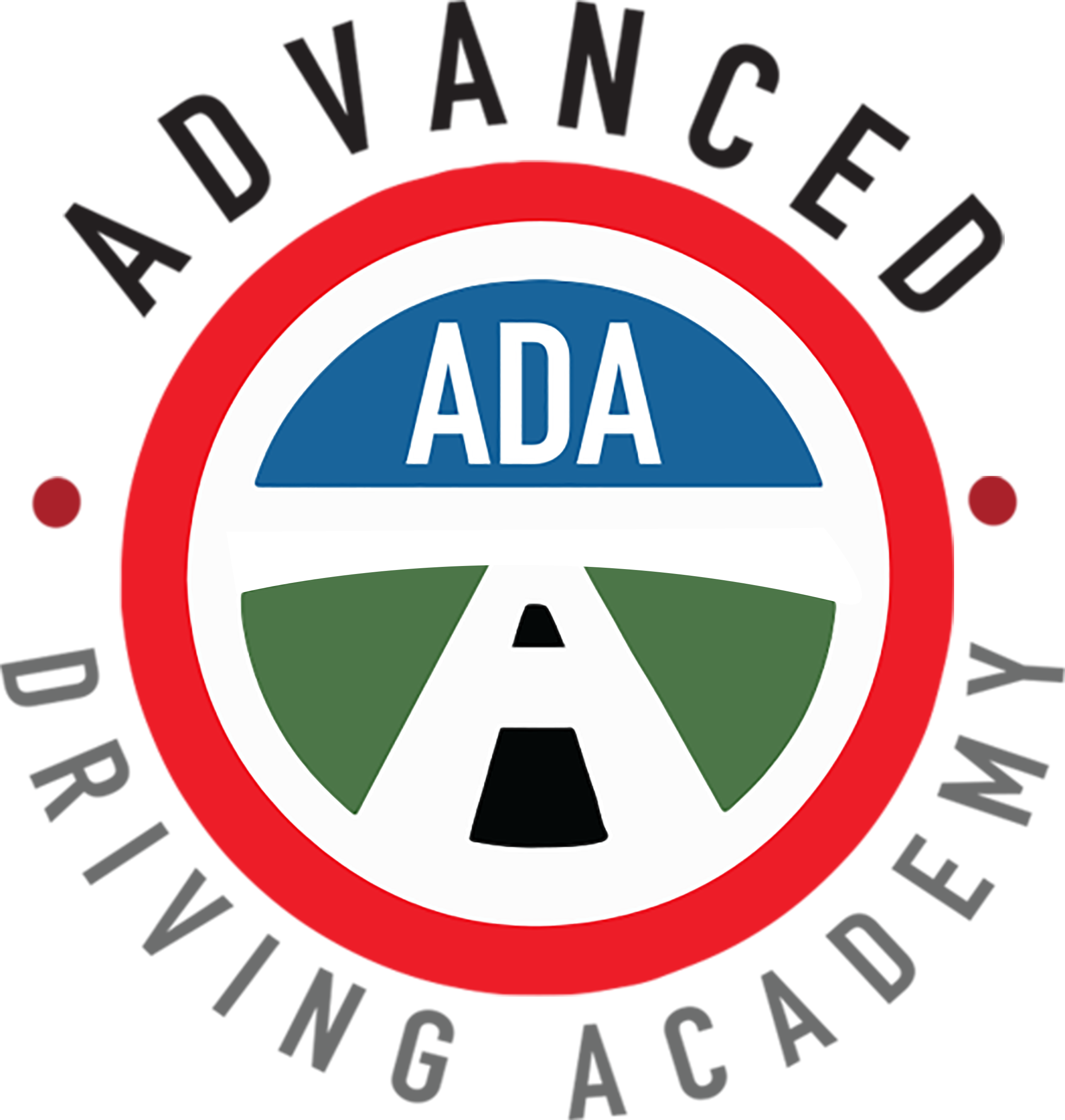Our 5 Driving Tips For Winter To Keep You Safe
Winter driving can always appear to be a terrifying or at best unsafe experience. But training and experience count for a lot in these situations. That is why we have written our 5 driving tips for winter.
In our time delivering training to the public, including our 5 driving tips for winter, we make sure that you get clear, concise and applicable hints to build your skills. So read on, make notes, leave comments and get ready to apply some very simple principals.

Here are our 5 tips…
- To give yourself the best chance to get to arrive safely here is the first of 5 driving tips for winter. Allow youself enough time, plan the trip. The biggest mistake we see people make is being in a rush. They don’t check the weather and road/traffic reports. We know it may cause a hard stop. But it is better to cancel than to be stuck in a traffic jam for a few hours in sub zero temperatures.
- Our second tip in the 5 driving tips for winter is to back off. That means no tail gating – in fact the exact opposite is true. Leave at least 7 seconds between you and the car you are following. This gives you time to react if the car in front encounters an emergency. The stopping distance on icy roads is far different to dry roads. The only way to take that into account is to leave more space between you and other vehicles.
- Third on the list of 5 driving tips for winter is looking ahead. Make sure you look up. Not just in front of your vehicle. You should be looking beyond the vehicle in front of you for any signs of an emergency. In fact as far ahead as you can. Use your peripheral vision to bring in to play anything else that is happening around you. This of course includes keeping a good eye on all of your mirrors. That way will you know who is behind you and potentially beside you. Emergency lane changes in winter can be more effective than braking. To avoid a collision knowing where traffic is, is critical.
- Check the traction levels. Our 4th tip for winter driving is to frequently check the traction levels when it is safe to do so. Look around your car behind, beside and in front and if the road is clear. Press your brake pedal until you feel the wheels lock up or the ABS system start to work. This gives your brain a very good picture of traction levels so you can adjust your speed and distances accordingly. The traction can change every few hundred metres depending on the environment and the driving surface. Use your eyes, ears, hands and butt to feel what is going on with the car.
- The last in the list of 5 driving tips for winter is to recognise skids and learn to control them. Training on a closed course is the only real way to practically do this although knowledge is powerful too. In a front wheel skid (understeer) you will turn the steering wheel but the car will continue in the same direction. In response to this gently lift your foot off the accelerator and let the vehicle decelerate and you will notice at some point it will start to turn. DO NOT TURN THE STEERING WHEEL MORE, this will simply increase the problem. In a rear wheel skid (oversteer) you will need to make sure you are looking where you intend to go, not at where the car is now pointing and steer in that direction. This is referred to as counter-steering and is an art. The first time you may find you over correct and create an opposite oversteer condition. After a few experiences you will be able to save yourself a trip in to the ditch.
Closing out our 5 driving tips for winter.
All of the above advice can easily be overruled by simply driving with the appropriate winter tires and slowing down. Additionally do not allow yourself to be distracted while driving in winter. Do yourself a favour and leave more time for your trip and don’t drive too fast for the conditions. Check out our driver training short videos here.
STAY SAFE

Related Post
Master the icy roads! Discover the top five crucial lessons from winter driver training, ensuring your safety during the frosty season.
Get ready to conquer icy roads with confidence! Discover essential tips for winter driving in our comprehensive guide. Stay safe and prepared this winter season.






